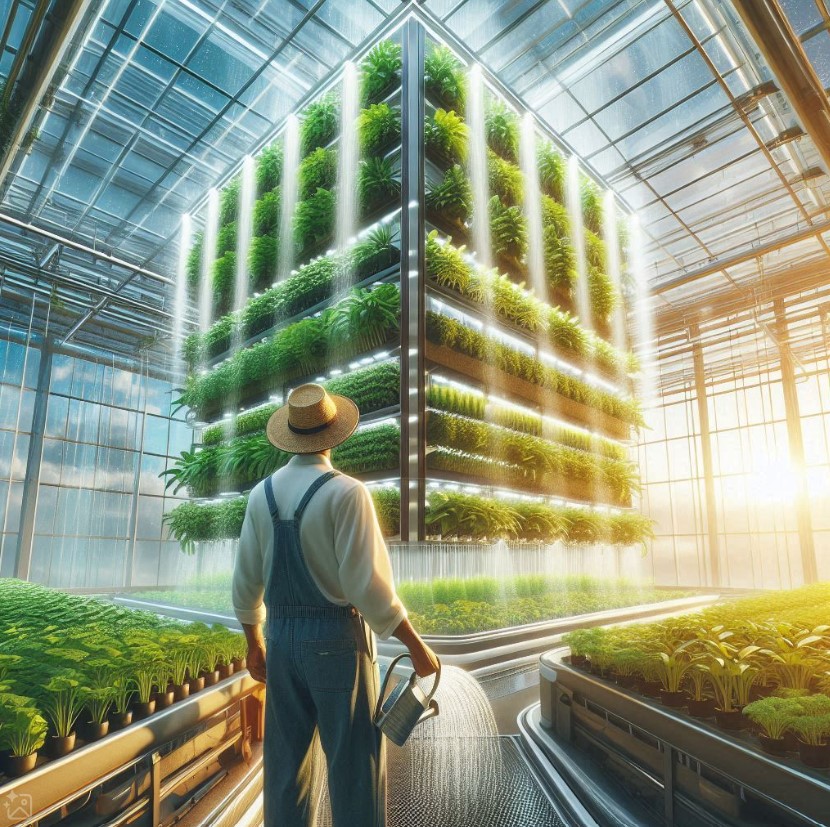Vertical farming
Vertical farming
This technique involves growing crops in vertically stacked layers or on vertically inclined surfaces, maximizing the use of limited space. Artificial lighting, such as LED lights, is often used to provide the necessary light spectrum for plant growth.
Vertical Growing Spaces
Vertical farming maximizes the use of space by stacking growing beds or shelves on top of each other, often reaching several stories high. This vertical arrangement allows for a higher yield in a smaller footprint.
Controlled Environment
Vertical farms typically use advanced technologies to control various environmental factors, including temperature, humidity, light, and carbon dioxide levels. This precise control ensures optimal growing conditions, regardless of external weather conditions.
Hydroponics or Aeroponics
Many vertical farms employ hydroponic or aeroponic systems to deliver water and nutrients directly to plant roots. These soilless methods optimize resource use and promote faster growth.
LED Lighting
Artificial lighting, often in the form of energy-efficient LED lights, is used to provide consistent and adjustable light levels to crops. The use of LEDs allows for tailored light spectrums to optimize plant growth.

Vertical farming is a modern and innovative method of growing crops in vertically stacked layers or on vertically inclined surfaces. This agricultural technique is often used in controlled environments, such as warehouses, greenhouses, or specially designed vertical farming towers. Vertical farming offers several advantages and is gaining popularity as a solution to address issues related to land scarcity, climate change, and urbanization. Here are the key aspects of vertical farming:
indoor farming techniques
Hydroponics
Aquaponics
Aeroponics
Vertical farming
Indoor greenhouses
About Us


